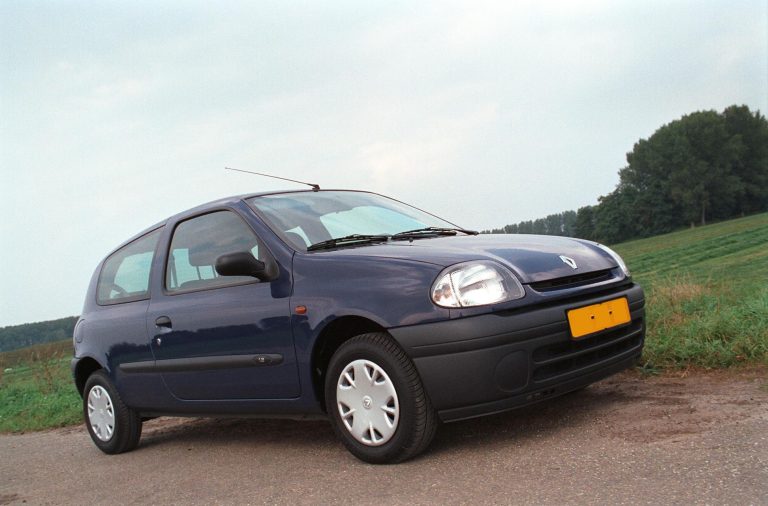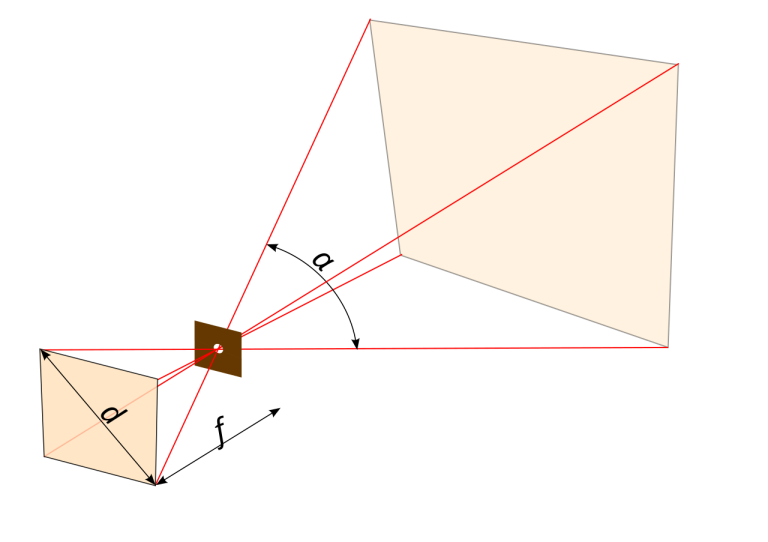Lens – Categories
Singular Lens
A simple example of a lens is a magnifying glass.

Photographic Lens
A photographic lens is composed of several singular lenses with fixed and movable parts that allow it to zoom and focus. In these photography tips we imply a photographic lens when using the term “lens”. This is a cross section of a Nikkor lens that cleary shows the different parts.

See also a cross section of a Leica lens.
Categories
To better explain lenses properties and characteristics we go back in time when only fixed focal length lenses existed and the zoom lens wasn’t invented yet. Maybe you’ve seen a TV camera from the 1950s in a museum. They had a rotating plate with lenses from the catergories below. Only one of the lenses could be used at the same time. The three most used lens categories are:

© tvcameramuseum.org – used with permission
For more information on professional TV cameras from past and present, visit www.tvcameramuseum.org.
Focal Length
Use the sun and a magnifying glass to concentrate sunbeams in one point on a piece of paper. This point is called the focal point (F). The distance from the lens to the focal point to is called the focal length (f).

Angle of View
The human eye has an angle of view of approximately 45°. Wide angle lenses have an angle of view of roughly 114° to 63°. A normal lens has a comparable angle of view with the human eye of 45° degrees. Tele lenses have a angle of view from 35° to a few degrees. The angle of view not only depends on the focal length. It also depends on the diagonal of the light-sensitive surface (e.g. film, CCD or CMOS sensor). The values mentioned above relate to a surface area of 24×36 mm of a standard 35 mm frame ( = full-frame).
Zoom lenses
Zoom lenses have a variable focal length within a given range. The range of a 24-70 mm lens extends from wide angle to light tele. You can select any focal length between 24 en 70 mm. Here is a depiction of a 35-105 mm lens on a Nikon F-801s.

Fixed Focal Length
Lenses with a fixed focal length and a fixed diagonal of the light-sensitive surface in the camera have a fixed angle of view. Nowadays you find them in cameras of mobile phones. DSLR cameras also still have fixed focal length lenses available. These have less moving parts and lens components. They are often more light sensitive, produce sharper images and can be more affordable.

Characteristic and Properties
It is important to know what type of lens you are using (or set on your zoom lens). Each type of lens has different characteristics and poperties that strongly effect the photograph. More about this in the post Lens Features.








